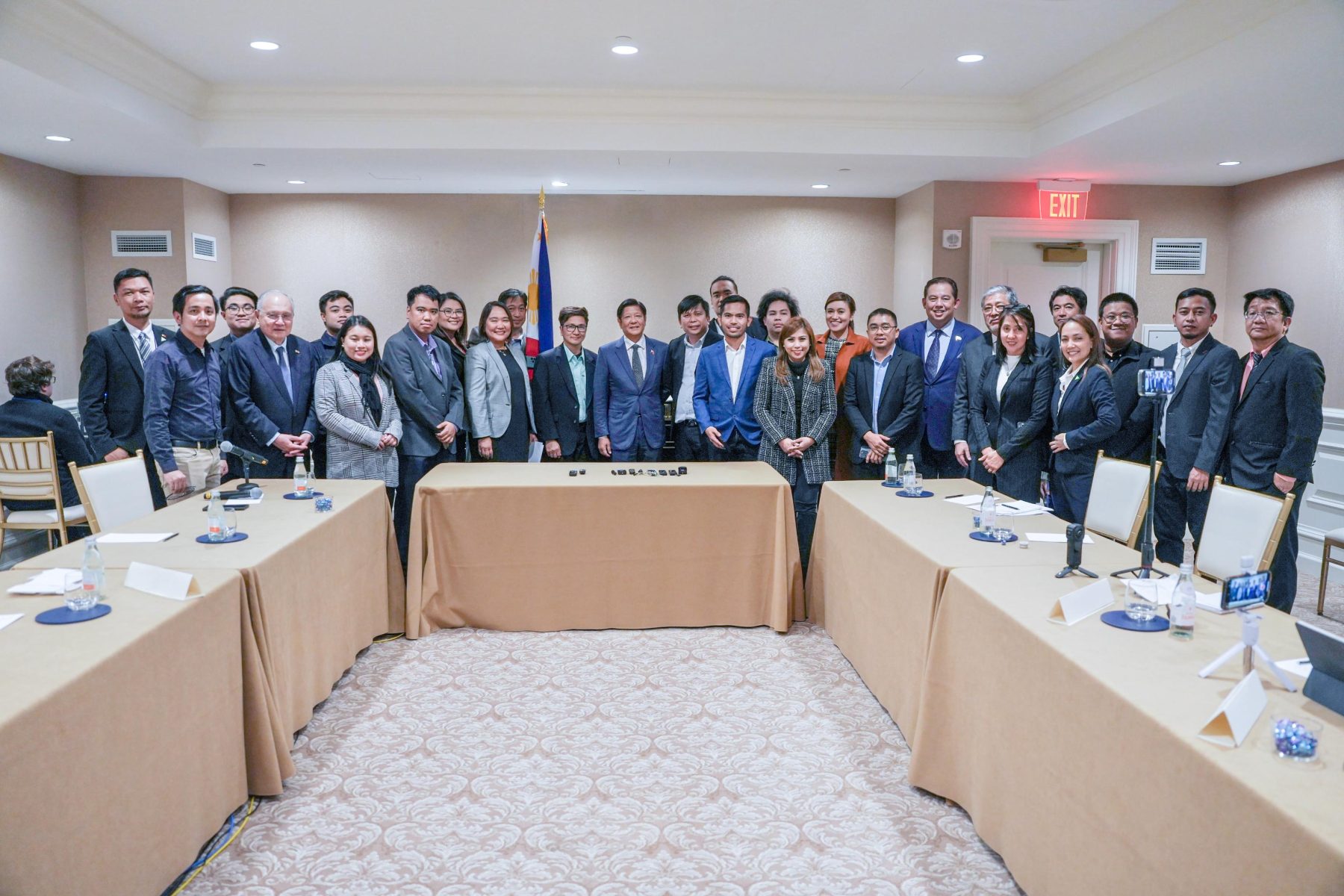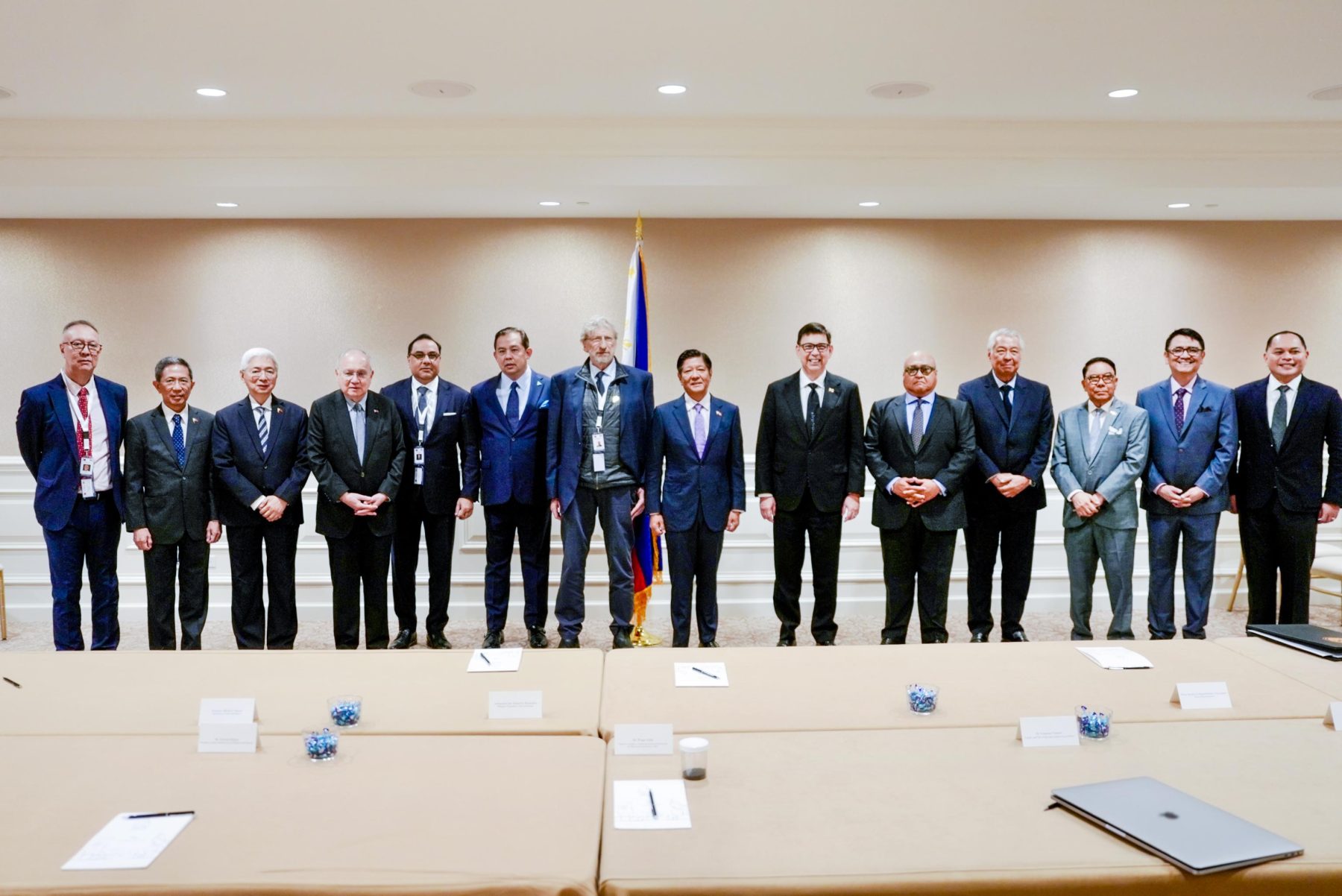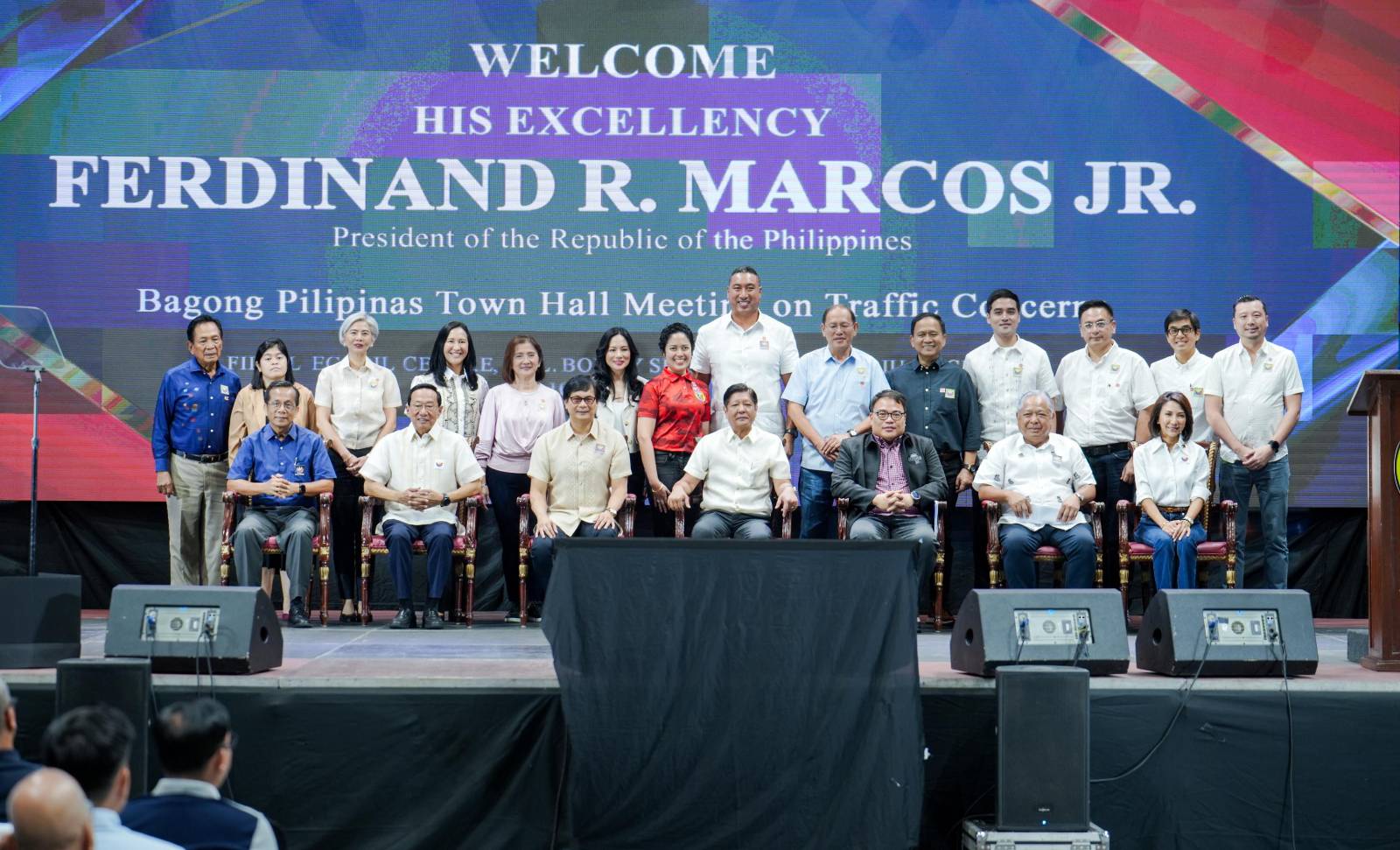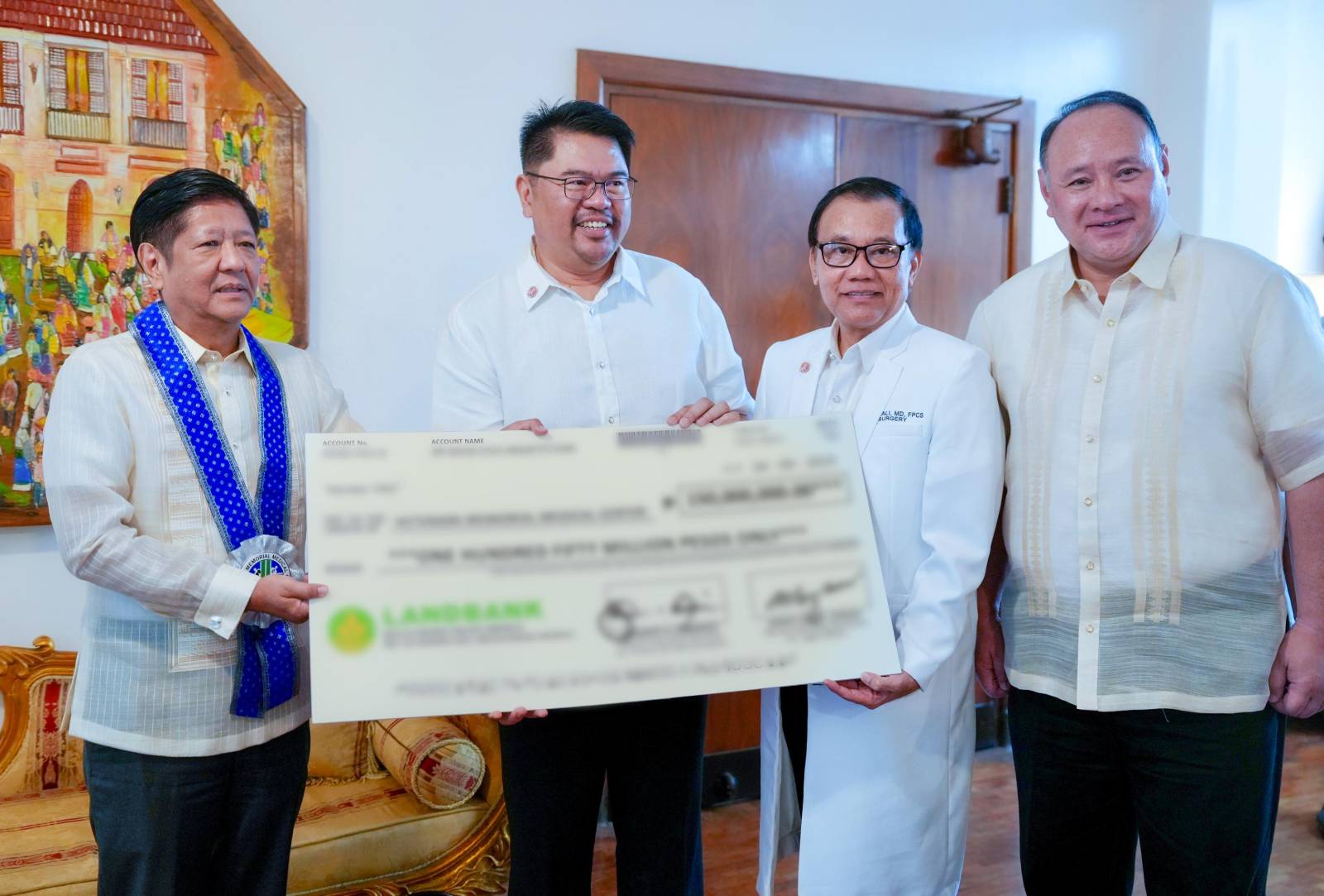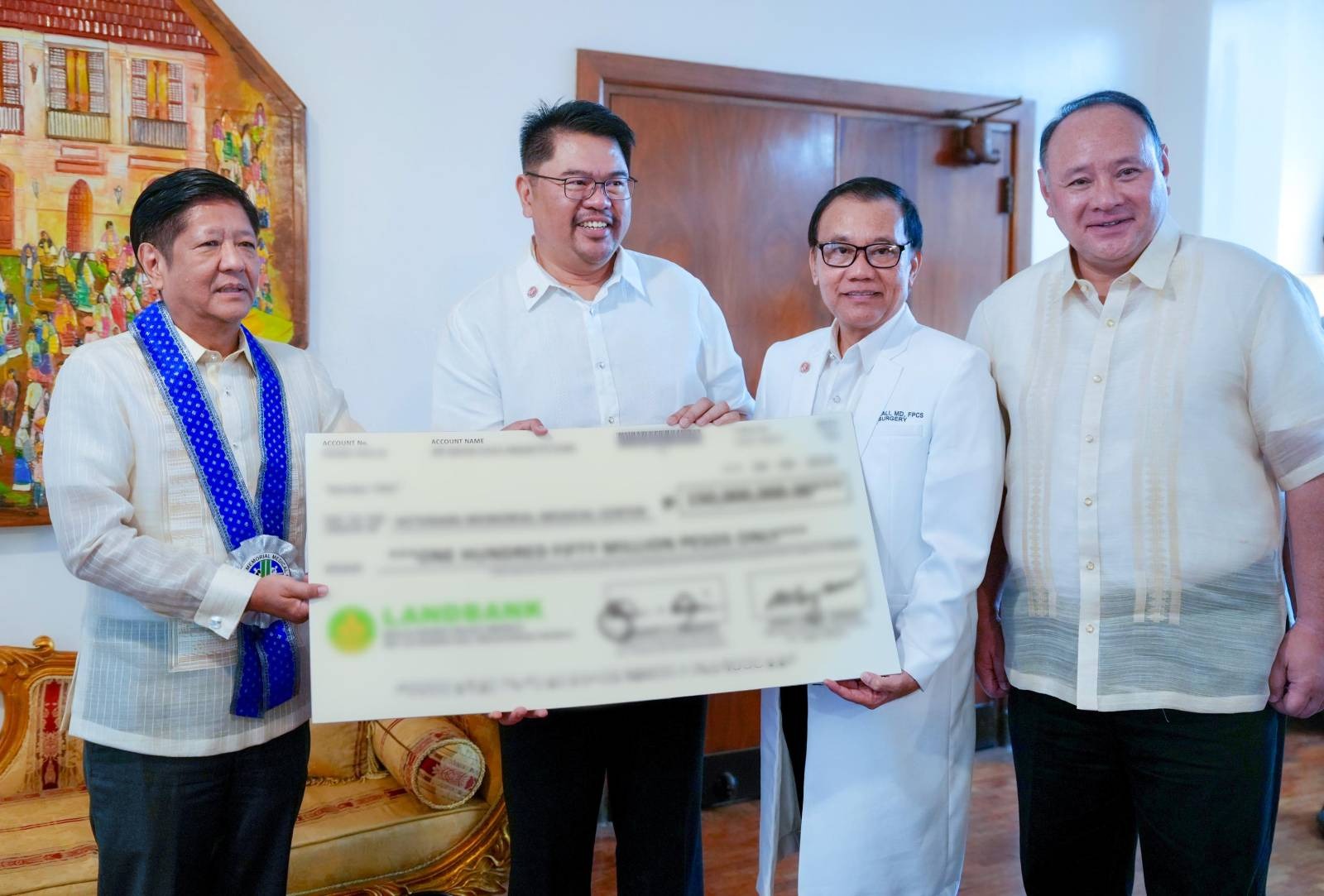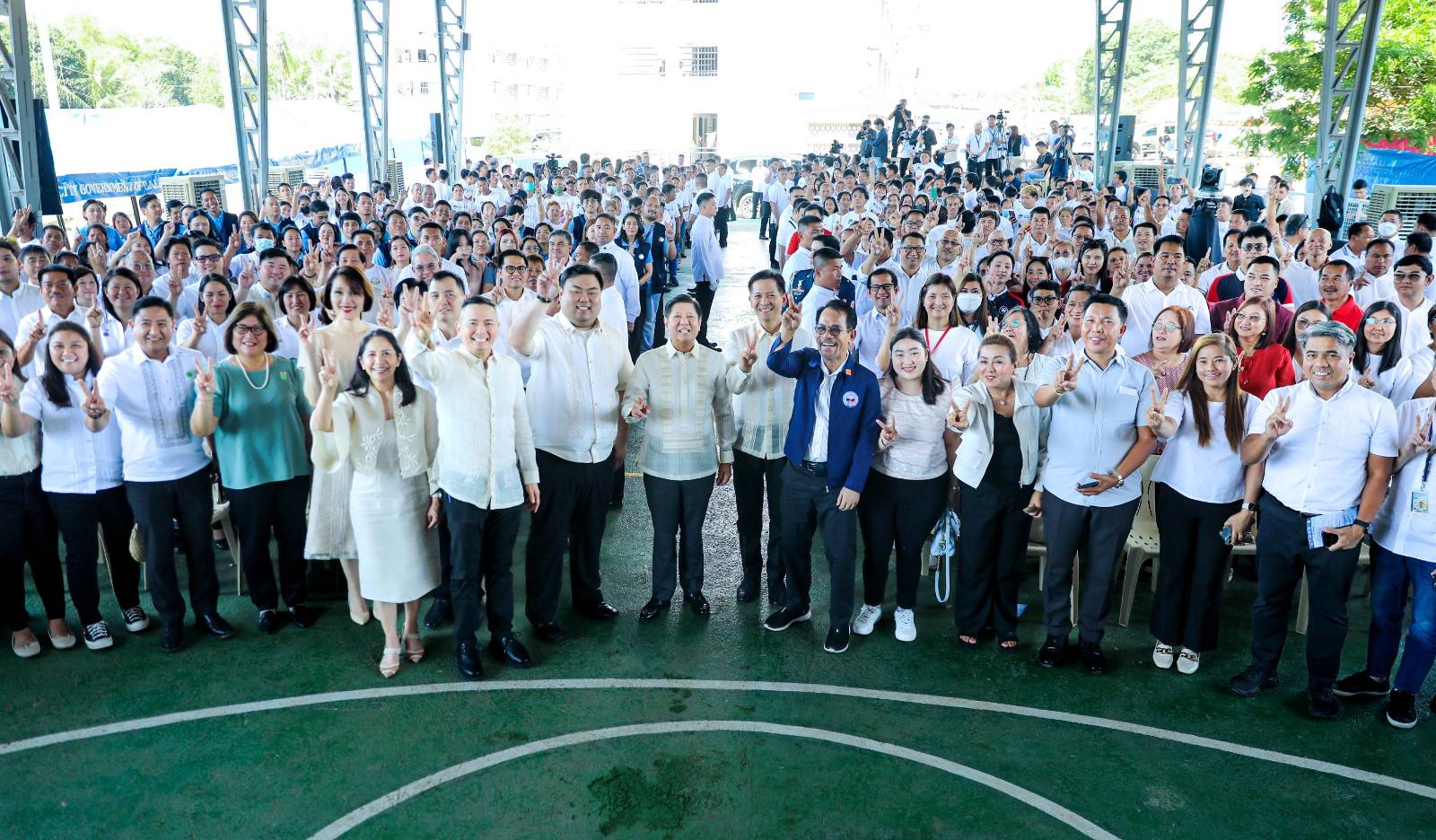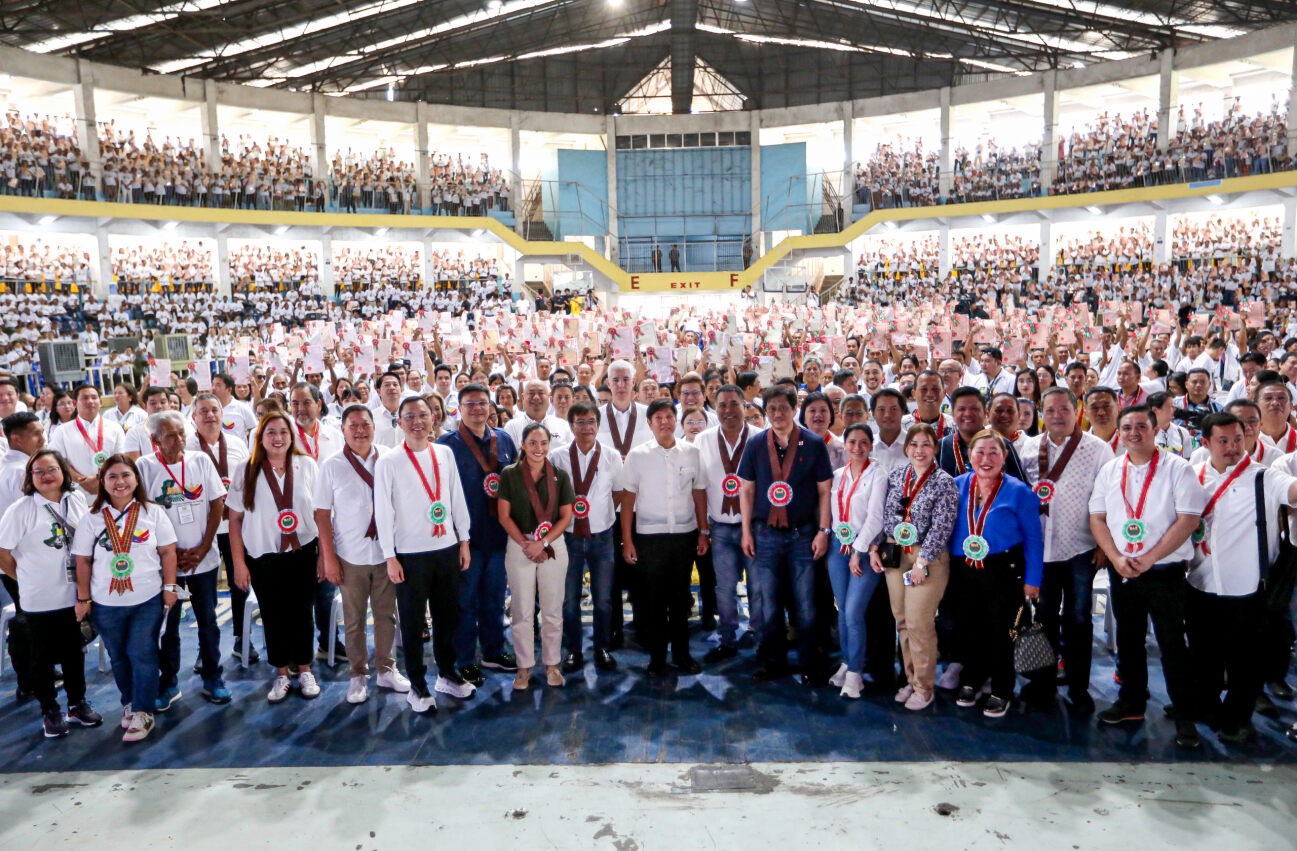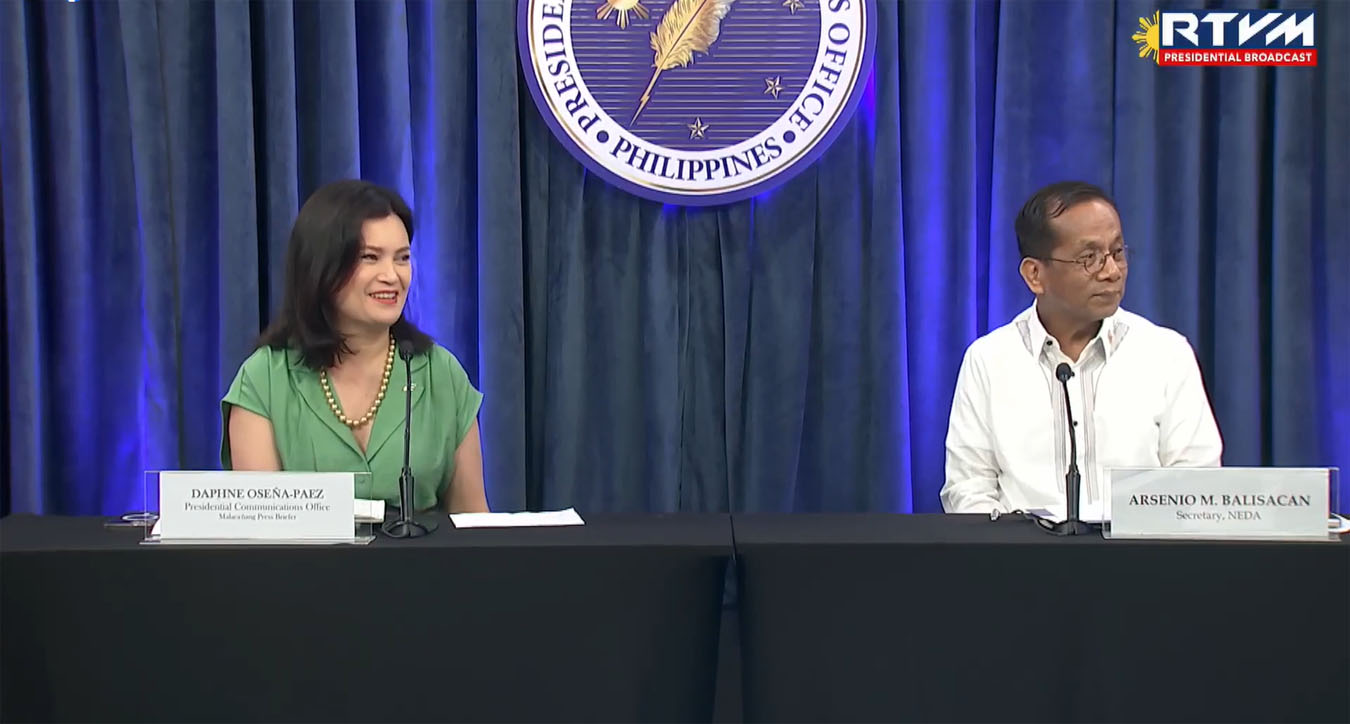December 17, 2015 – News Releases
 |
| 17 December 2015 |
|
|
|
| National Economic and Development Authority Board approves five agriculture, infrastructure projects |
| The 20th meeting of the National Economic and Development Authority (NEDA) Board, chaired by President Benigno S. Aquino III, approved five agriculture and infrastructure projects, including two to be funded through the Public-Private Partnership (PPP) scheme.In a press briefing following the meeting, held in Malacañang on Wednesday, Communication Secretary Herminio Coloma, Jr. said the five projects given the go-signal were the Regional Prison Facilities (P20 million), the Manila-Quezon Avenue Bus Rapid Transit (P4.8 billion), the second phase of the Integrated Marine Environment Monitoring System (P1.67 billion), the Harnessing of Agribusiness Opportunities Through Robust and Vibrant Entrepreneurship or HARVEST (P11.4 billion), and the North Luzon Expressway (NLEX) – South Luzon Expressway (SLEX) Connector Road Project (P23 billion).
Secretary Coloma said the five projects are either under the PPP scheme or are purely government projects defined as “projects that are financed from the General Appropriations Act and from Official Development Assistance”. The Palace official noted that the P20 million approved for the Regional Prison Facilities project is just additional for the right of way and resettlement cost through the PPP project of the Department of Justice. “As you know, there is a plan to establish a major penitentiary facility in Nueva Ecija to address the present problems in the New Bilibid Prison. The total project cost is P50.204 billion that was already previously approved. What was approved today (Wednesday) was just the additional P20 million,” he explained. “The project involves the financing, construction and maintenance of a new prison facility through a PPP arrangement, which will have the capacity to accommodate 26,000 inmates for both men and women ranging from minimum to maximum security,” he added. Meanwhile, the Manila-Quezon Avenue Bus Rapid Transit Project, which involves the provision of a 12.3-kilometer (km) segregated bus rapid transit from the Quezon Memorial Circle in Quezon City to the Manila City Hall, will be financed through a loan from the World Bank and Agence Française de Développement (AFD), the official development assistance organization of France. “The concept is they are dedicated lanes for public buses in the middle section of the main road, in this case Quezon Avenue all the way up to Manila City Hall,” Coloma said. The third project approved was the Integrated Marine Environment Monitoring System Phase 2, which involves the improvement and expansion particularly of the Vessel Monitoring System (VSM), and will be funded through a loan from the French government. The VSM is the integration of various databases, including fishing vessel registry, ocean and weather data, stock assessment data, and illegal, unreported and unregulated fishing records. “This project aims to set up an integrated operational fisheries and marine environment monitoring center in the Philippines that is inter-regional and connected with the main center. Just by bit of a background, this was required of us by the EU (European Union) because there are EU countries that import significant amounts of fishery products from the Philippines. So now, we are compliant with the EU requirements. It is estimated that we export some US$300 million worth of fishery products to Europe every year. So that is the significance of this project,” explained Coloma. The NEDA Board also approved the HARVEST project, which will finance eligible investments of large agribusiness enterprises, cooperatives, farmers’ organizations and micro, small and medium enterprises in support of crop production, poultry and livestock, fish production, fishery development and agricultural services supportive of economic activity, initially focusing on the Autonomous Region in Muslim Mindanao (ARMM). “This is part of what we call ‘peace dividends’,” he said, noting that the project will provide credit assistance of up to P11.14 billion for agribusiness activities, with the Landbank of the Philippines as the main financial institution. Coloma said the implementation of the project is expected to generate an additional employment of more than 20,000 persons. The fifth project approved was the NLEX-SLEX Connector Road Project, which involves the construction of an 8-km, four-lane toll road that will link the existing NLEX and SLEX. “This is separate from the Manila Skyway 3 project. This project was approved by the NEDA Board in November 2012. The DPWH (Department of Public Works and Highways) has completed its negotiations with the original proponent, the Metro Pacific Tollways Corporation. So the NEDA Board gave its approval to the results of the negotiation so that they can proceed with the Swiss challenge. Under the BOT Law, if it is an unsolicited proposal, it is subject to Swiss challenge,” Coloma said. PND (jm/as) |
|
|
| Government has sufficient money to fund relief efforts, says Palace |
| The government has more than P4 billion remaining in the calamity fund and a savings of P6 billion that can be used for relief and rehabilitation efforts in areas devastated by Typhoon Nona, the Palace said on Wednesday.
And in the 2016 budget that is expected to be approved soon, there is a provision of P19 billion in the calamity fund, Communication Secretary Herminio Coloma, Jr. told reporters during a press briefing in Malacañang. “Ang ginagamit ngayon ay ‘yung mga quick response funds ng mga kagawaran natin. Ina-augment kaagad ng DBM (Department of Budget and Management) para ma-release ang quick response funds para makatulong kaagad sa ating mga kababayan,” Secretary Coloma said. President Benigno S. Aquino III has received reports from the field, as well as from governors and congressmen regarding the impact of Typhoon Nona, he said, noting those reports however need to be validated. The President is still waiting for the report from Mindoro Oriental, the area where the typhoon made the last landfall, he said. Authorities are still determining the extent of the damage in the province. Coloma said that based on procedures, the National Disaster Risk Reduction and Management Council (NDRRMC) must make a rapid assessment of the necessary relief and rehabilitation efforts, to be followed by a more detailed needs assessment to be carried out by the local DRRMC. Immediately after the National Economic and Development Authority (NEDA) Board meeting on Wednesday, there was a meeting among Cabinet Secretary Jose Rene Almendras, Public Works and Highways Secretary Rogelio Singson, Housing and Urban Development Coordinating Committee Chairman Chito Cruz, Budget Secretary Florencio Abad, and a representative of Social Welfare Secretary Dinky Soliman. They discussed ways to implement the President’s directives to give immediate relief to the victims of Typhoon Nona, especially how to provide them shelter. “While validation is still going on, ang immediate concern natin dito ay mabigyan sila ng shelter,” Coloma said. “So ‘yung emergency shelter, una muna bibigyan sila ng tarpaulins o mga tents, pero eventually, they will be given GI sheets and construction materials para mapabilis ‘yung pag-rebuild ng kanilang bahay.” Despite the ongoing validation, the Department of Social Welfare and Development has begun identifying recipients of government support, the Palace official said, adding that people in devastated areas will be listed in the cash-for-work program to facilitate the rebuilding of their houses. Another government priority, he said, is the restoration of power and according to the Department of Energy, it will give priority to town centers where the people could gather during Christmas. A major concern is the large number of toppled electric posts, especially in Northern Samar, which Coloma estimated at 80 percent of all the posts in the province. “So hindi ganoon kadali pero sisikaping maibalik ‘yung kuryente sa lalong madaling panahon para magkaroon naman sila ng maliwanag na Kapaskuhan,” he said. PND (as) |
|
|
| President Aquino signs laws creating more Trial Court branches |
| President Benigno S. Aquino III has signed into laws five bills creating additional branches in the country’s trial courts.
Republic Act (RA) No. 10711 creates five more branches of the Regional Trial Court (RTC) and five additional branches of the Metropolitan Trial Court to be stationed in Pasay City in the National Capital Judicial Region. RA No. 10712 creates an additional branch of the RTC to be stationed in Sorsogon City, Sorsogon Province in the 5th Judicial Region. The National Capital Judicial Region will have three more RTC branches to be stationed in Parañaque City, Metro Manila, with the implementation of RA No. 10713. RA 10714 creates one more RTC branch to be stationed in Vigan City, Ilocos Sur Province in the 1st Judicial Region, while RA No. 10715 creates three additional RTC branches in Bacolod City, Negros Occidental Province in the 6th Judicial Region. The new laws, which were signed by President Aquino last December 9, amend Sections 14 and 27 of Batas Pambansa Bilang 129, otherwise known as “The Judiciary Reorganization Act of 180”, and all other laws, executive orders, and rules and regulations that are inconsistent with the new laws. The Supreme Court will assign the respective numbers of the newly created branches. The Chief Justice of the Supreme Court, in coordination with the Secretary of the Department of Justice, shall include in its program the funds necessary for the operation of the additional courts. The funds shall be included in the annual General Appropriations Act. PND (jm) |
|
|
| Measure renaming Batasan Hills High School after Cory Aquino becomes a law |
| An Act renaming the Batasan Hills National High School in Quezon City after President Benigno S. Aquino III’s mother, the late president Cory Aquino, became a law.
Republic Act No. 10716, which changes the name of Batasan Hills National High School in Barangay Batasan Hills to Corazon C. Aquino National High School in honor of the country’s first female president, lapsed into law on December 10 without President Aquino’s signature, in accordance with Article VI, Section 27 (1) of the Constitution. “The main campus of the Corazon C. Aquino National High School shall continue to remain in its present location in Barangay Batasan Hills, City of Quezon, Metro Manila,” the law states. The measure, which originated in the House of Representatives, was passed by the House and the Senate on February 24, 2014 and October 5, 2015, respectively. PND (co) |
|
|



